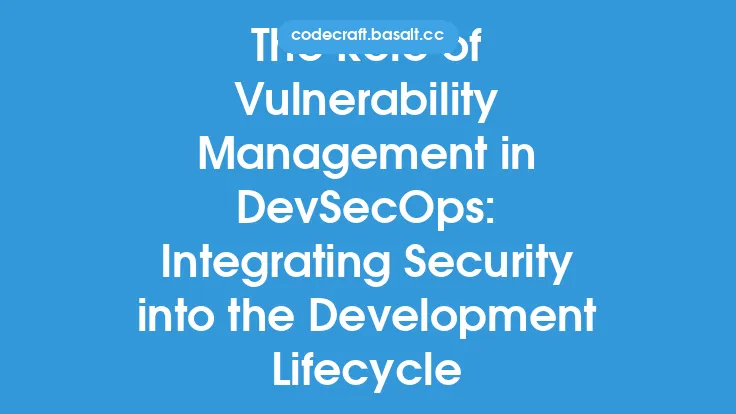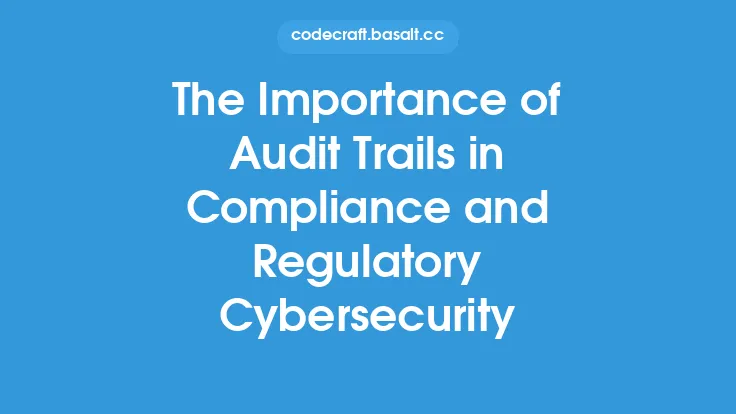Secure coding practices are a crucial aspect of cybersecurity, and risk mitigation plays a vital role in ensuring the security and integrity of software applications. As technology advances and software becomes increasingly complex, the potential for vulnerabilities and security breaches grows. Therefore, it is essential for developers to prioritize risk mitigation in their coding practices to prevent attacks and protect sensitive data.
Introduction to Risk Mitigation in Secure Coding
Risk mitigation in secure coding involves identifying potential security risks and taking proactive measures to minimize or eliminate them. This approach requires developers to think critically about the potential vulnerabilities in their code and implement strategies to prevent exploitation. By prioritizing risk mitigation, developers can reduce the likelihood of security breaches and protect their applications from malicious attacks. Effective risk mitigation in secure coding involves a combination of secure coding practices, threat modeling, and vulnerability testing.
Secure Coding Practices for Risk Mitigation
Secure coding practices are the foundation of risk mitigation in software development. These practices include following established coding standards, using secure coding guidelines, and implementing secure coding techniques. Some essential secure coding practices for risk mitigation include:
- Input validation and sanitization: Validating and sanitizing user input to prevent injection attacks and cross-site scripting (XSS) vulnerabilities.
- Error handling and logging: Implementing robust error handling and logging mechanisms to detect and respond to security incidents.
- Secure data storage: Using secure data storage practices, such as encryption and access controls, to protect sensitive data.
- Secure communication protocols: Implementing secure communication protocols, such as HTTPS and TLS, to protect data in transit.
By following these secure coding practices, developers can significantly reduce the risk of security breaches and vulnerabilities in their applications.
Threat Modeling for Risk Mitigation
Threat modeling is an essential component of risk mitigation in secure coding. Threat modeling involves identifying potential threats and vulnerabilities in an application and developing strategies to mitigate them. This process typically involves:
- Identifying potential threats: Identifying potential threats and vulnerabilities in an application, including injection attacks, XSS vulnerabilities, and unauthorized access.
- Analyzing threat likelihood and impact: Analyzing the likelihood and potential impact of each identified threat to determine the level of risk.
- Developing mitigation strategies: Developing strategies to mitigate each identified threat, such as implementing input validation and sanitization or using secure data storage practices.
By using threat modeling, developers can proactively identify and mitigate potential security risks, reducing the likelihood of security breaches and vulnerabilities.
Vulnerability Testing for Risk Mitigation
Vulnerability testing is a critical component of risk mitigation in secure coding. Vulnerability testing involves identifying and exploiting potential vulnerabilities in an application to test its security. This process typically involves:
- Static analysis: Analyzing code for potential vulnerabilities and security risks using static analysis tools.
- Dynamic analysis: Testing an application's security by simulating attacks and exploiting potential vulnerabilities using dynamic analysis tools.
- Penetration testing: Simulating real-world attacks on an application to test its security and identify potential vulnerabilities.
By using vulnerability testing, developers can identify and mitigate potential security risks, reducing the likelihood of security breaches and vulnerabilities.
Best Practices for Risk Mitigation in Secure Coding
To effectively mitigate risk in secure coding, developers should follow best practices, including:
- Following established coding standards and guidelines
- Implementing secure coding practices, such as input validation and sanitization
- Using threat modeling to identify and mitigate potential threats
- Conducting regular vulnerability testing to identify and exploit potential vulnerabilities
- Staying up-to-date with the latest security patches and updates
- Continuously monitoring and evaluating the security of an application
By following these best practices, developers can ensure that their applications are secure, reliable, and resistant to security breaches and vulnerabilities.
Conclusion
Risk mitigation is a critical aspect of secure coding practices, and it is essential for developers to prioritize it to prevent attacks and protect sensitive data. By following secure coding practices, using threat modeling, and conducting vulnerability testing, developers can identify and mitigate potential security risks, reducing the likelihood of security breaches and vulnerabilities. By staying informed about the latest security threats and best practices, developers can ensure that their applications are secure, reliable, and resistant to security breaches and vulnerabilities.





